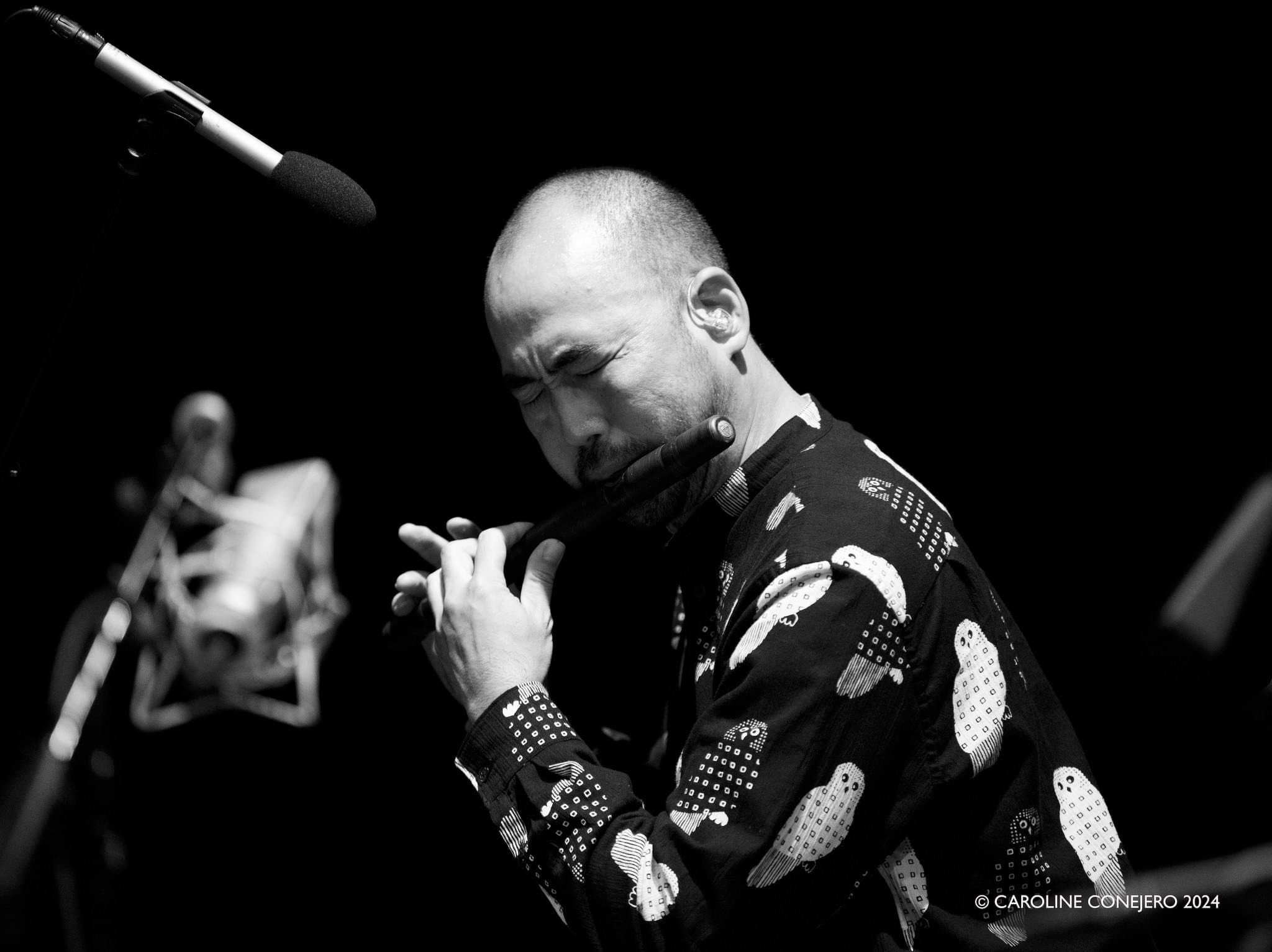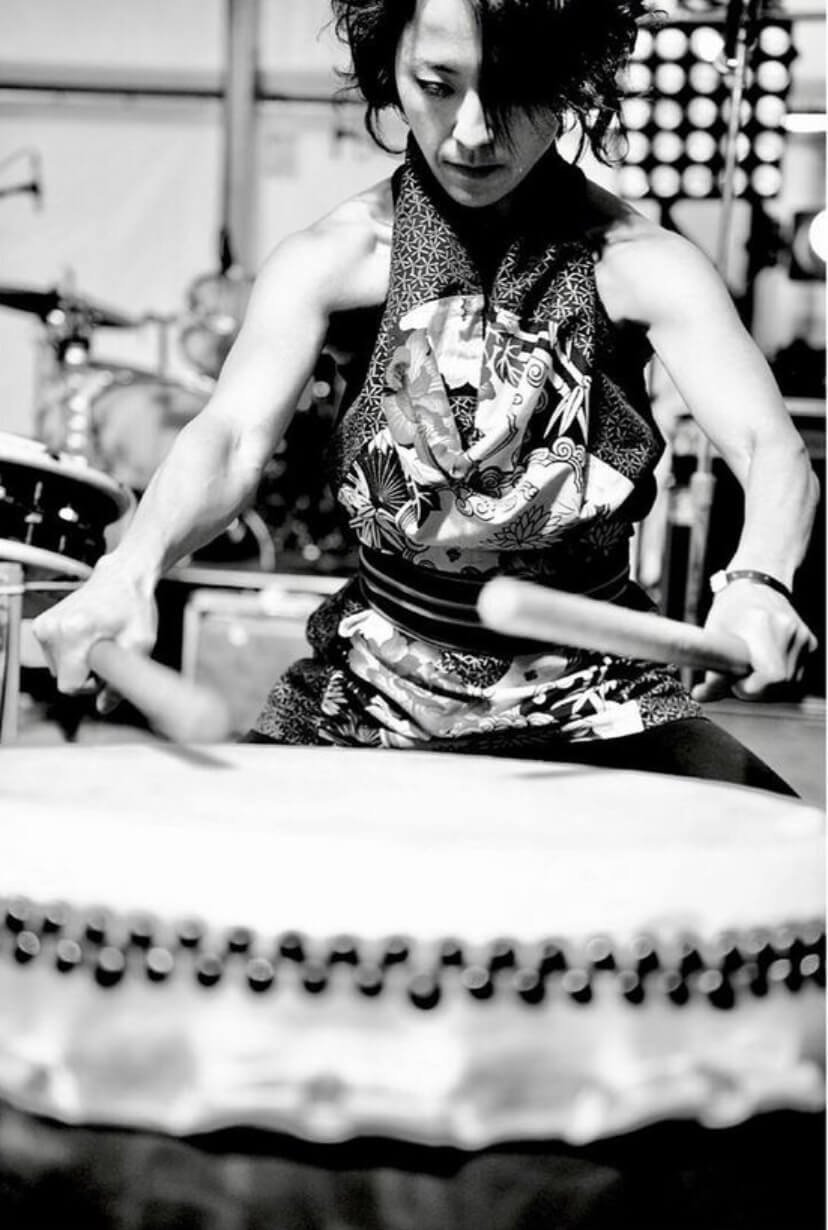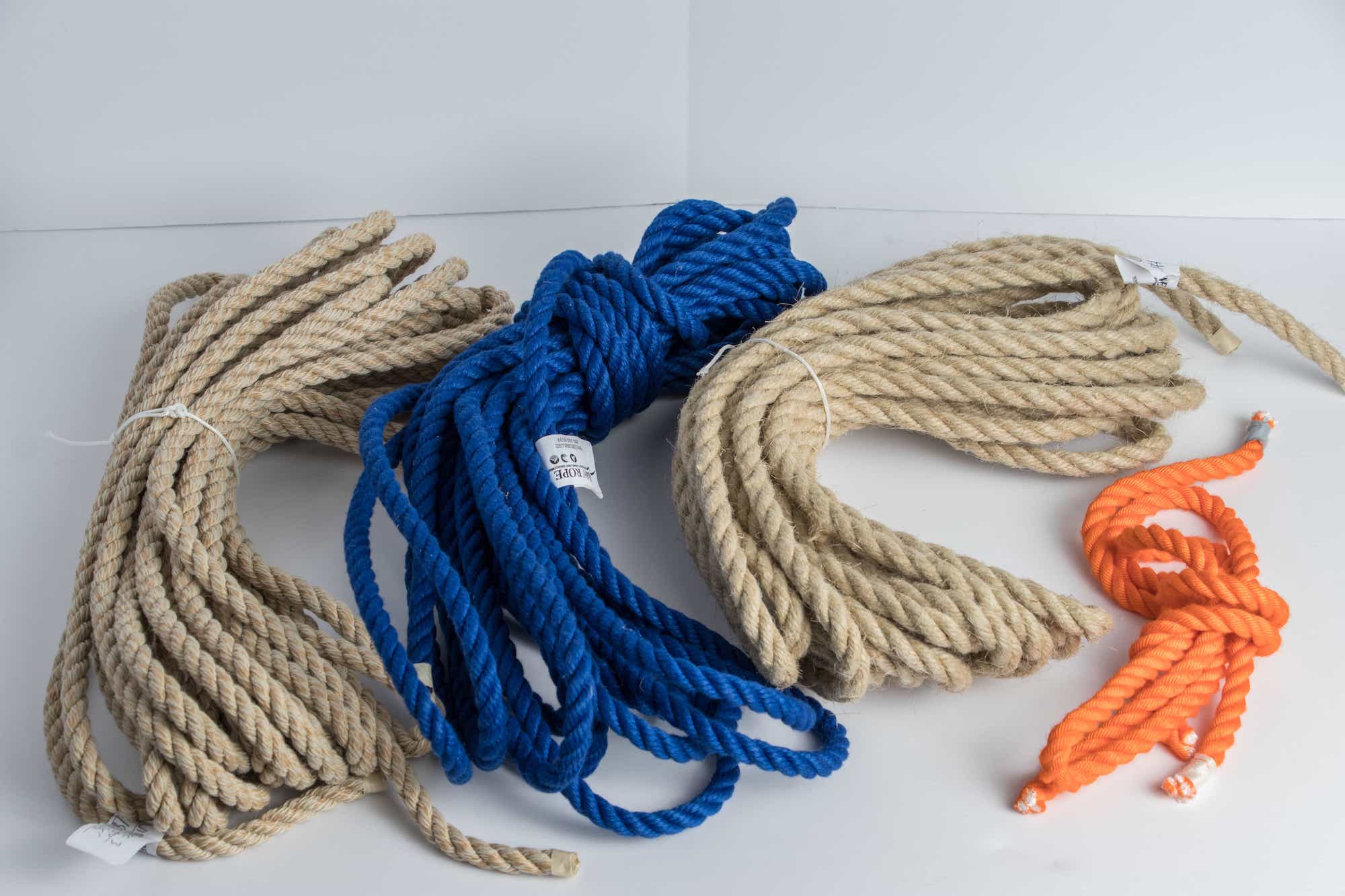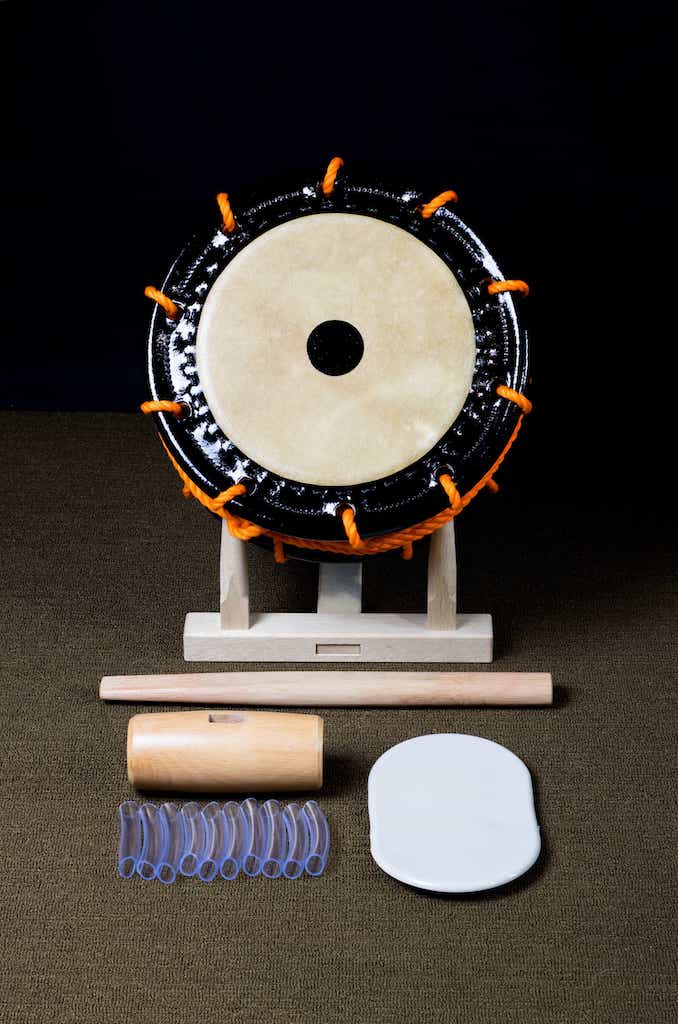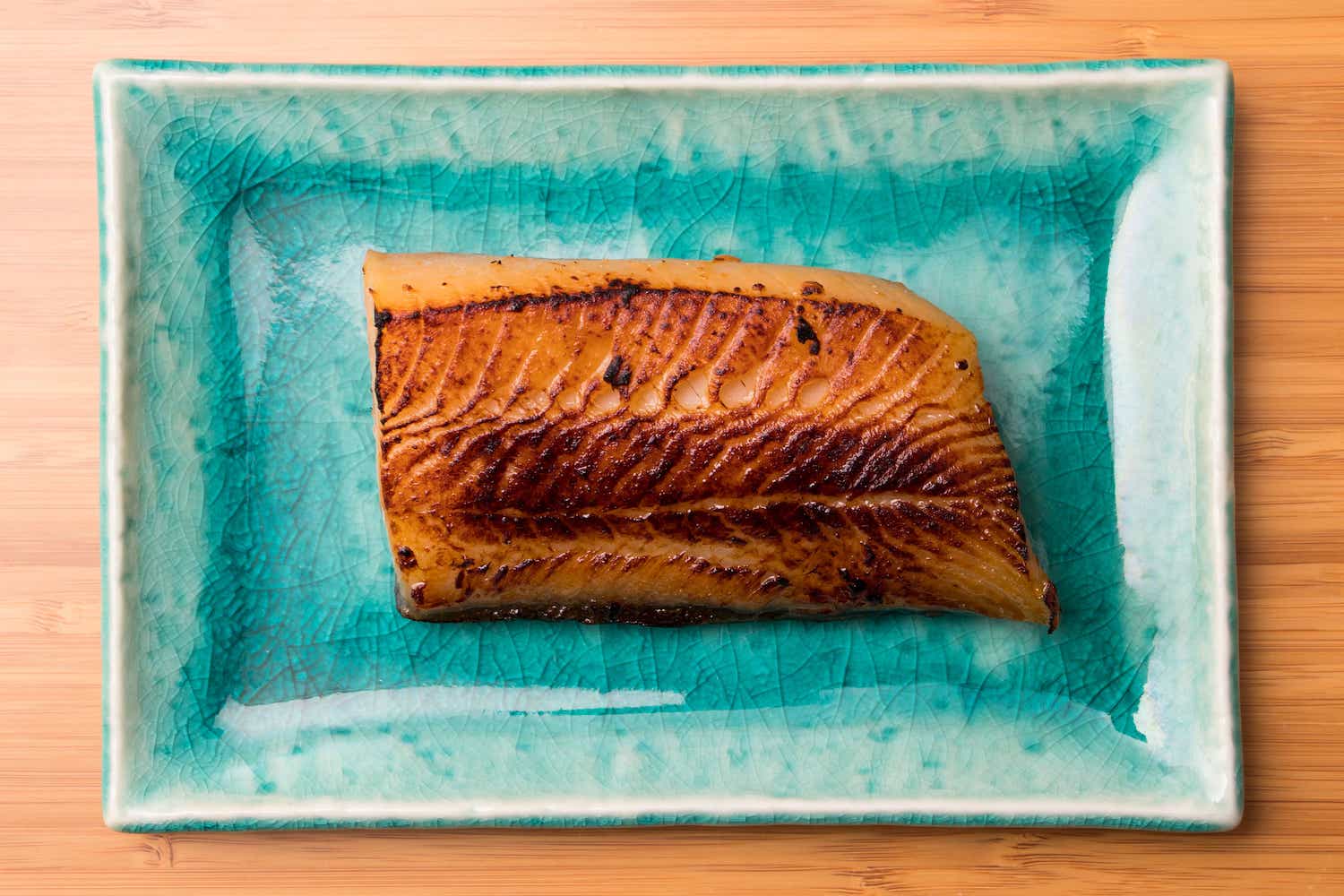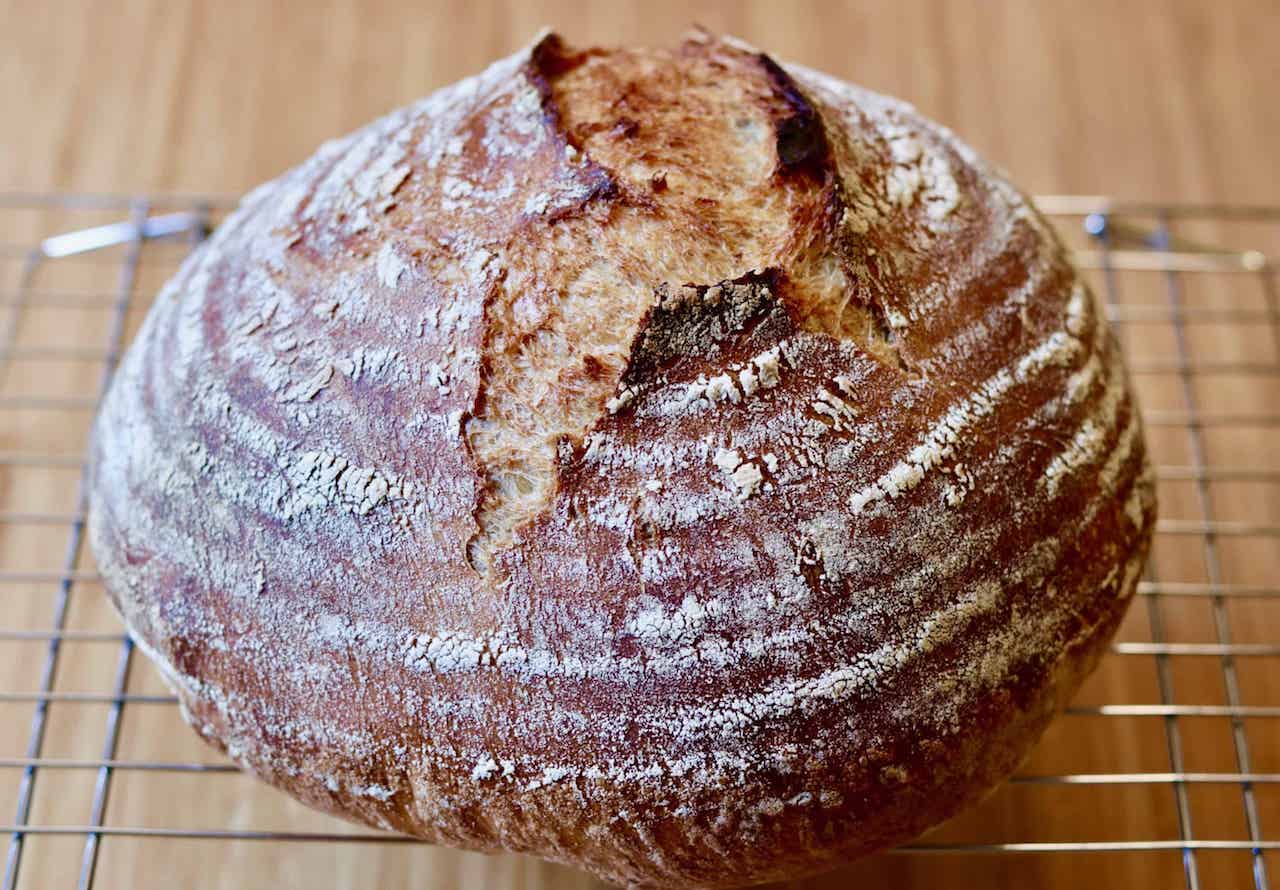My coffee setup: roast, grind, brew, drink
A very good cup of coffee first thing in the morning
Coffee can be a deep topic. While quite ordinary on the surface, serious coffee geeks know about the many variables which affect the final cup. Like any agricultural product, it starts with the grower's ability to consider the soil, climate, and their team of workers. After harvesting, there is fermentation, cleaning, and drying. In the roaster's hands, the skill is in controlling time, temperature, and movement to bring out the best characteristics of each bean. Understanding the general flavor tendencies of growing regions is important, and the best roasters will know the differences in specific farms and microclimates. Then the barista decides the grind size, water ratio and temperature, contact time, brewing method, serving vessel, and any flavorings such as cream, sugar, spices, and extracts. Finally drinker can drink it. Coffee geeks might use all their senses to contemplate what they perceive.
My own coffee geekery began with a home coffee roaster from Sweet Maria's. They have always been my source of green coffee beans and anything coffee related. There is a vast amount of useful information on the website for anyone interested in learning more. The beans from Sweet Maria's are always of the highest quality, and I especially appreciate their direct relationship with growers in making sure business is handled respectfully and responsibly. I've never ordered it, but you can also get roasted coffee there. They are a superior company.
I roast every 5 – 6 days, usually rotating between several origins. I use a burr grinder for consistency and control of grind size. The water is filtered and heated to 200 F in an electric kettle. I have used many brewing methods over the years, but my current device is the Clever Dripper. This unique hybrid method allows you to control contact time like French press while using a paper filter (my favorite filter is Filtropa) like the pour-over style. There is a silicone stopper mechanism on the bottom where the coffee drains when you set it on a cup. One drawback is that it's a bit precarious and one bump could make the whole thing go flying. My cup is double walled and I notice a big difference in heat retention over a regular cup.
I would understand if all this sounds a bit obsessive. In my mind, this is the distinction between geekery and snobbery: geeks seek out knowledge for their own enjoyment while snobs are more concerned with status and self image. This concept can be applied to pretty much anything. Go geeks.
High quality beans from Sweet Maria's
Freshly roasted coffee has an intoxicating aroma
Assistant roaster used to think I was pouring cat treats into the bowl, but now knows it's just green coffee
Simple home air roaster allowing for pretty good control
Burr grinder is nice to have









